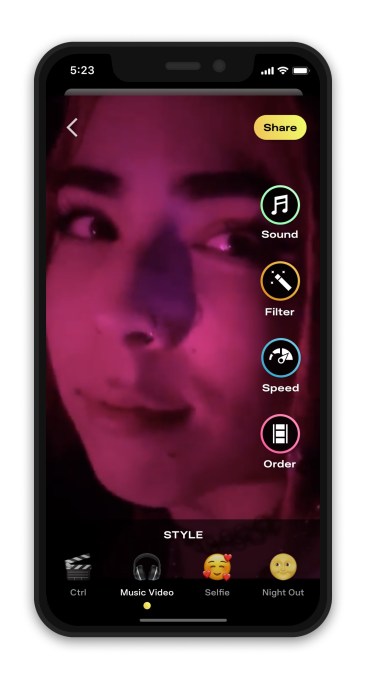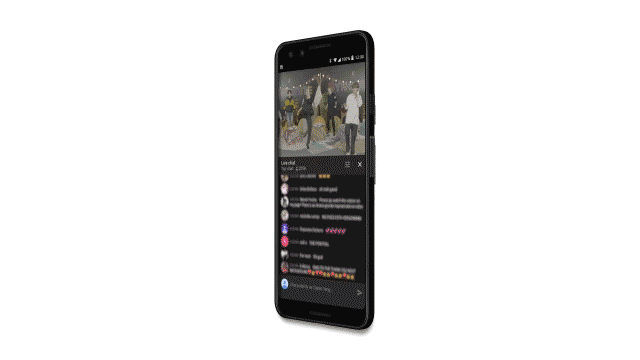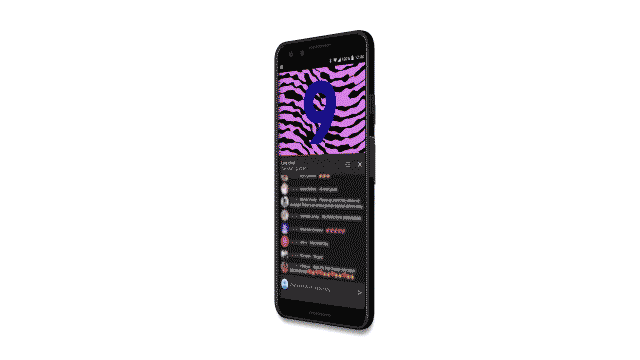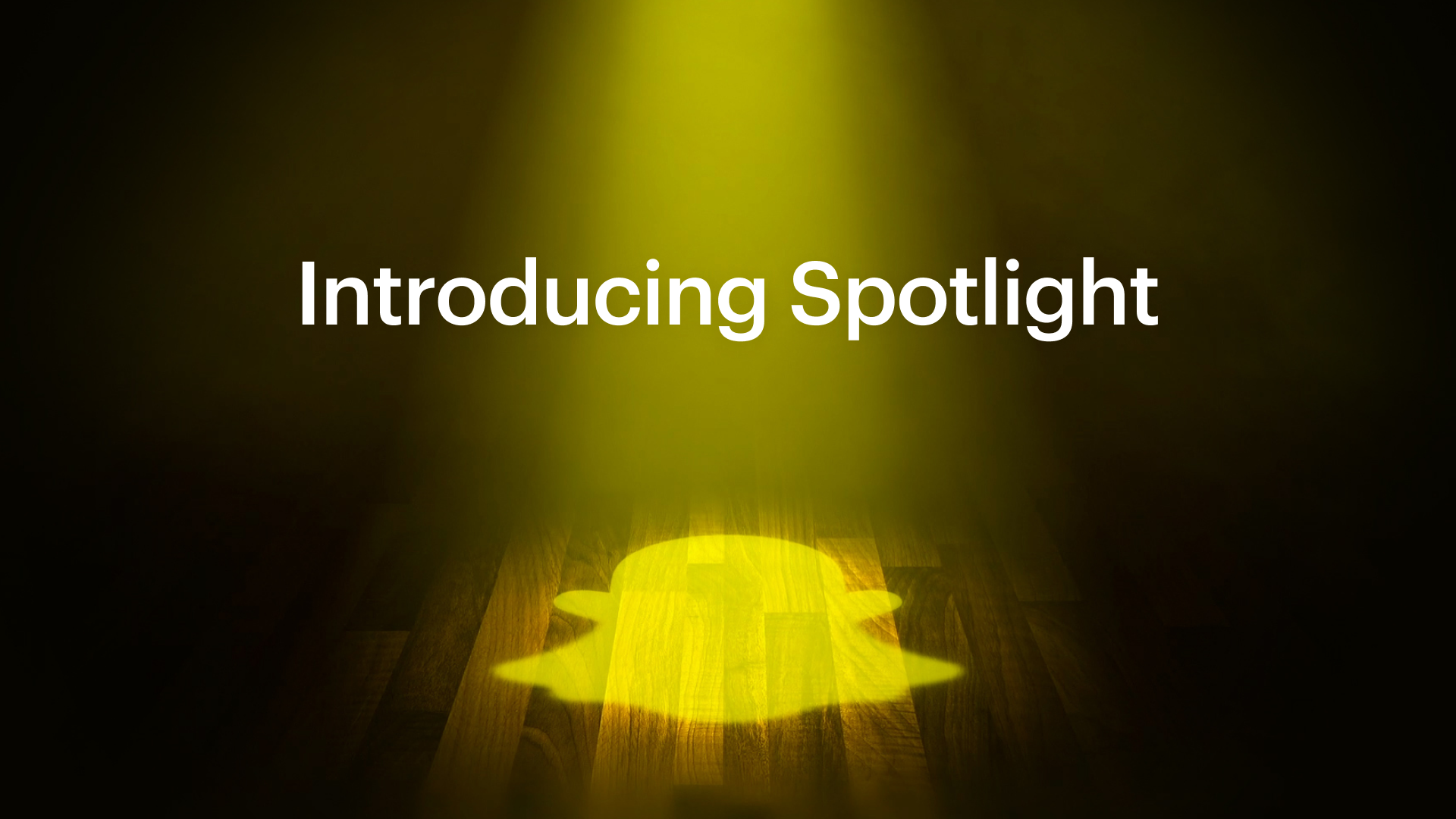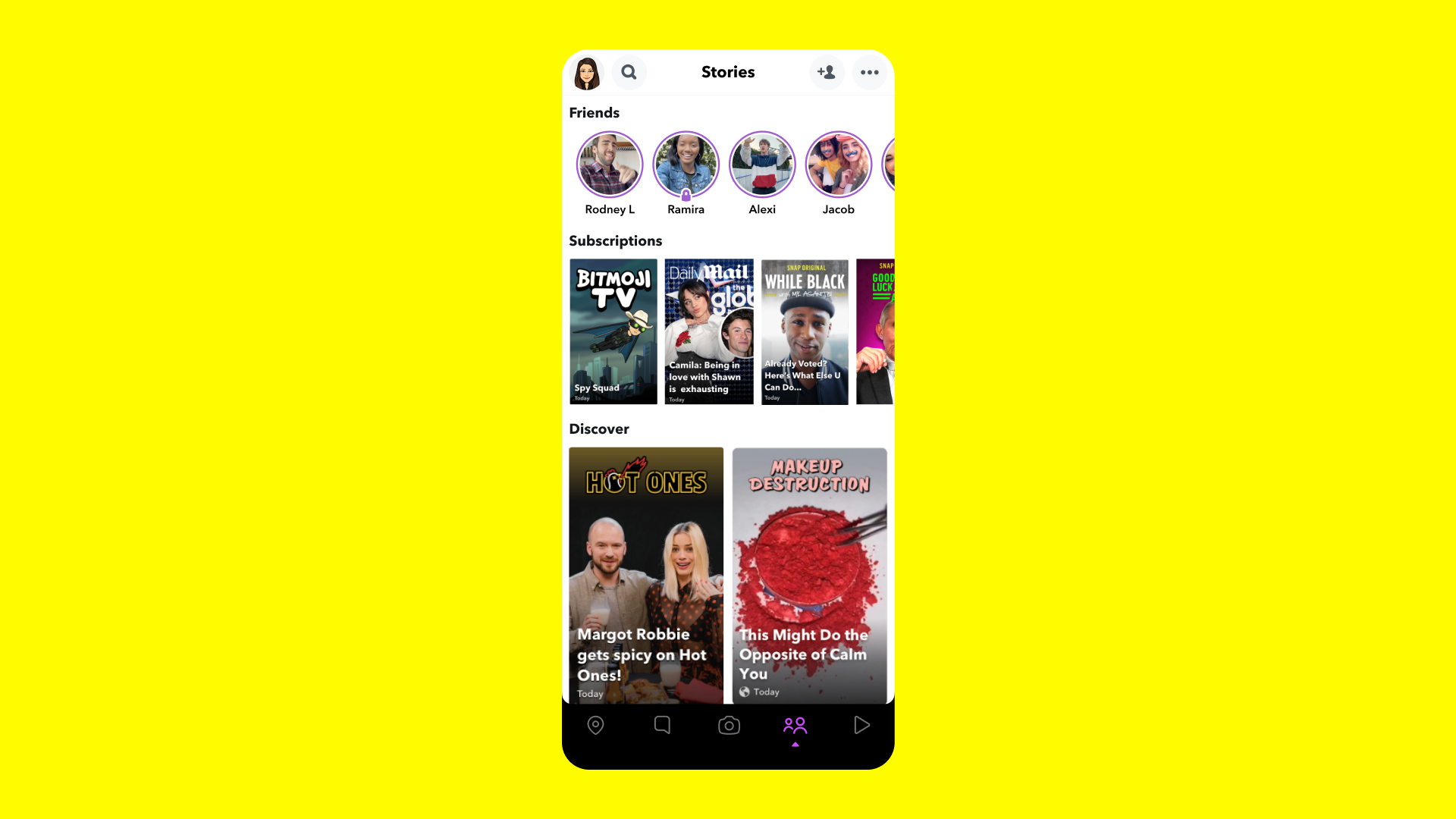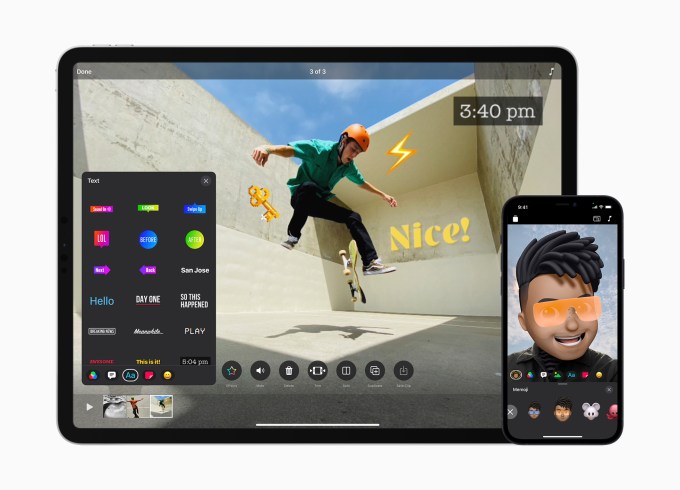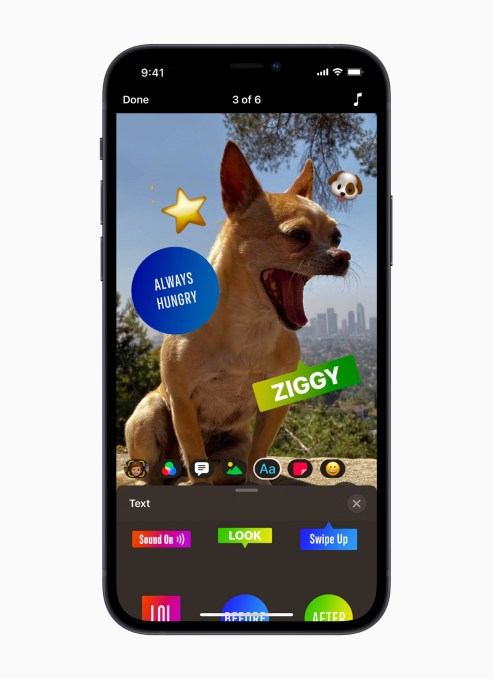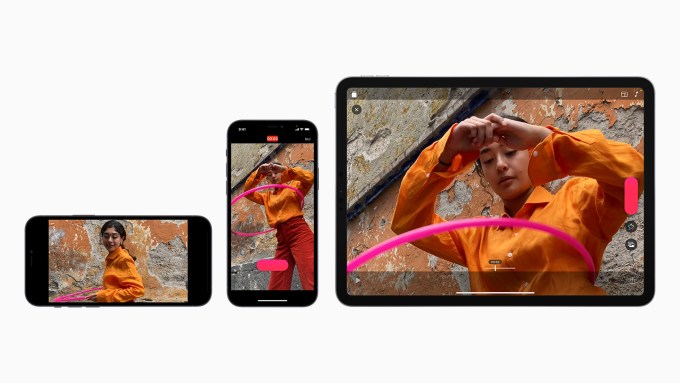With one fell swoop, WarnerMedia eradicated the status quo in Hollywood, turning its 2021 feature film schedule on its head. Well, not quite. By moving 2021’s theatrical releases to both physical and digital theaters, the AT&T affiliate gave us a reason to sign up for its HBOMax streaming service. With a simultaneous window of one month per title, the idea is that the vaccines will govern the timetable for viable return to movies plus popcorn.
Streaming has picked the lock on our path to the future. Even Donald Trump thinks so. Faced with open refusal by the networks to carry his rants about the election, he’s taken to Facebook Live to produce “press conferences” with his own cameras and no press. These shows are designed to fuel contributions of (so far) 200 million dollars to fund what in essence will be a nonstop infomercial campaign for the 2024 election. One problem: I don’t think it will work.
Instead, millions of Americans will begin to turn working from home into living through work. Digital networks like Zoom are becoming a superhighway for transforming ideas into post-pandemic realities. As the vaccines take root, we’ll inexorably restore the dream of mobility, the feeling of hitting the open road in search of our dreams. Only this time, we’re taking our families, friends, and coworkers with us. The rise of digital devices and notifications is disrupting the old business models and replacing them with next best step workflow.
We know what the office gives us: a place for hallway conversations that harness the elastic essence of the team. It’s based on inspiration, camaraderie, shared values, and just plain good timing. Don’t believe me? Ask anybody how their parents met. In the rush to virtualize the hallway conversation, we’re missing the fact that it’s really the only thing that’s working by default. The notification channel dominates our attention, and in aggregate who we give that to creates successful business outcomes.
Zoom is a perfect example of hallway serendipity. A brain dead simple on boarding process starts by clicking on a notification. If you have the Zoom client installed you’re in; if you don’t the download starts, and then you’re in. Zoom takes care of what device you’re using, what software tools are necessary to gather multiple people together across time zones and latencies, and provides in our case the recording and switching tools to stream the meeting across the network. If you can’t make the scene in real-time you can time shift until later.
How does Hollywood compete with that? The short answer is they don’t. HBO is saying the old way of business is over. It may seem like it will return to the good old days of the Saturday afternoon matinee (and it will) but the way it will happen is infused with digital. If you’re embedded in the Zoom economy you first hear about things over that channel. News, pitches, reminders, delivery arrivals, early voting, everything that can most efficiently alert you will succeed. If the networks you use produce effective service and empathetic trustworthy processes, they will be rewarded with your attention.
HBO has decided to run a vaccine trial where they give out a dose of the what will be alongside a placebo, what has been working up til now. Same product, two different experiences. What they’re really saying is: at some point, we’ll feel safe enough to return to the theaters. But will we? Sure, for the big experiences, the blockbusters, the roar of laughter and shared relief of having made it through. But that blockbuster is not the experience we crave, and the new streaming shared water cooler experience has its own joys and power.
How else do you explain the success of streaming shows like The Queen’s Gambit, where millions of us watch a small story about a young girl’s path to chess stardom. A chess movie? You betcha. Or The Crown, which blatantly makes up stories about the Royal Family with an underlying central truth that the show’s writer proclaims. To paraphrase, if I tell the essential truth about these people, I can get away with making up the dialogue. These shows are the thing the blockbusters can’t deliver, the emotional truth that soothes us as we shelter in place. HBO is betting on that model, plus the blockbusters when they’re safe again. Make America Safe Again.
__________________
The Gillmor Gang — Frank Radice, Michael Markman, Keith Teare, Denis Pombriant, Brent Leary, and Steve Gillmor . Recorded live Friday, November 29, 2020.
Produced and directed by Tina Chase Gillmor @tinagillmor
@fradice, @mickeleh, @denispombriant, @kteare, @brentleary, @stevegillmor, @gillmorgang
For more, subscribe to the Gillmor Gang Newsletter and join the backchannel here on Telegram.
The Gillmor Gang on Facebook … and here’s our sister show G3 on Facebook.


